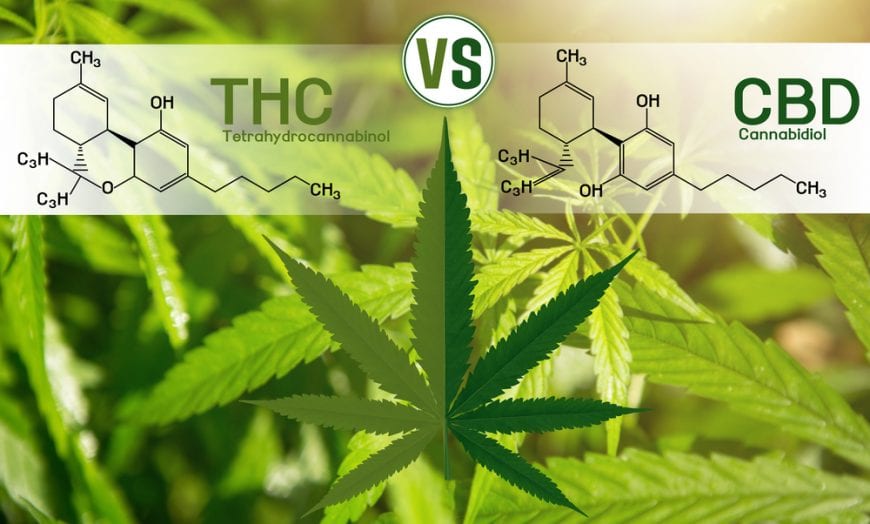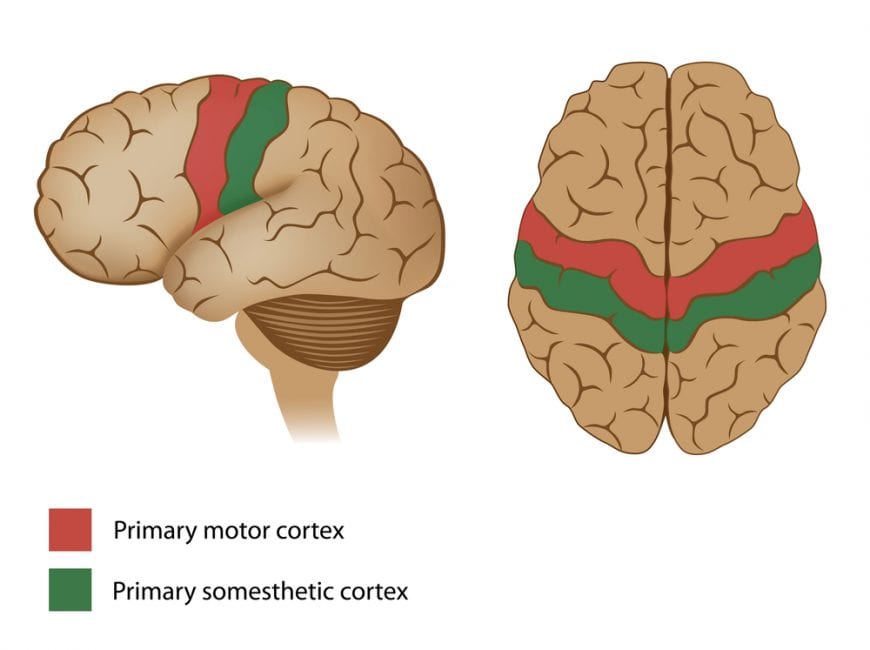Brain imaging shows where THC takes action to relieve pain perception.
Cannabis is currently one of the most interesting substances to be studied in Western medicine. It has so many medicinal components, including cannabinoids, flavonoids, and terpenes. One of the main medical applications for one of its major cannabinoids, THC, is in the treatment of chronic pain. It is believed that THC kills pain.
Recent neuroimaging determined that THC was able to reduce pain in healthy participants, and this was associated with the brain region called the anterior cingulate cortex (ACC).
CB1 receptors cover this section of the brain, all of which THC activates. The study used a single dose of THC vs placebo for chronic pain as evaluated by a subjective pain rating scale and resting brain state of the ACC. A fMRI (functional MRI) machine was used to measure changes in blood flow throughout the brain.
There were 17 patients participating in the study, with an average age of the 33. The patients had chronic lower limp radicular neuropathic pain that centers around spine and legs. The subjects had to have experienced the condition for at least six months in order to participate in the study.

THC Treatment for Pain
They were all males, since the doctors decided that the hormonal fluctuations of menstruation can alter pain sensitivity. The doctors administered THC sublingually, where plasma concentration reached its max after 2-3hrs.
Prior to starting THC treatment, the subjects rated their pain level from zero to a 100. Scientist then scanned their brains using functional magnetic resonance. Doctors administered THC, and after 1 hour, participants again reviewed their pain levels; 2 hours later the doctors scanned the brains again. Doctors separated the meetings by at least 1 week to enable THC washout. The patients receiving THC on the first meeting received a placebo one week later, and vice versa.
Doctors determined participants receiving the THC experienced less pain (subjectively) 35 out of 100 times. The group with the placebo treatment rated pain 43 out of a 100. At the base level, without any treatment participants reported pain 53 out of a 100.
Pain is a complex, subjective experience consisting of the sensory and emotional domains. Two major pathways regulate pain in the brain: The ACC and somatosensory cortex. These pathway converge at the ACC. Disrupted functional connectivity between these 2 pathways resulted in the pain relief. Different treatments of the chronic pain seem to modulate ACC in some way and will ultimately alter pain perception.
Interestingly, the pretreatment functional connectivity between ACC and sensory motor complex resulted in the improvement of the pain scores induced by the THC. Basically, this means that the higher positive functional connectivity at the baseline, the more benefit during THC administration.

The Results Show Analgesic Properties of THC
This study is substantial because of its result: pain relief compared to placebo. This agrees with previous studies reporting the analgesic properties of THC for chronic pain, particularly neuropathic pain. The pain relief associates with reduction in the functional connectivity of the ACC and sensory motor cortex.
Some limitations of the study include the absence of women due to the menstruation-induced fluctuations in pain sensitivity. Also, we require larger scale, more statistically relevant studies to reproduce those results. Also, we need additional studies to prove whether the results of this study explain the cannabis mechanism of action on any chronic pain, or if it is unique to neuropathic pain.
It should be also emphasized that the cannabis plant contains a multitude of the cannabinoids apart from the THC, and these compounds may play important roles in the clinical properties of the plant through the entourage effect.
THC Ingestion Methods
The THC rich strain consumer should remember that terpenes, and CBD rich strains, also have medicinal value. Strains rich in THC can certainly be necessary for stronger pain treatment. So how should one take in their THC medicine? In certain cases, long lasting methods like THC patches can benefit the consumer.
In a similar way, cannabis edibles can provide perhaps the longest pain relief. However, these are feared by some consumers for their difficulty to judge and maintain dosage. Thankfully the legal market will change this issue. Absorption methods like vaping or smoking generally provide quick pain relief. Lastly, for a consumer afraid to smoke cannabis, there are other options. This consumer should know that vaping dry bud (instead of cartridges) is free from the concerns of the EVALI crisis of late 2019. Further, vaping dry bud also removes any concerns about combustion via smoking.





